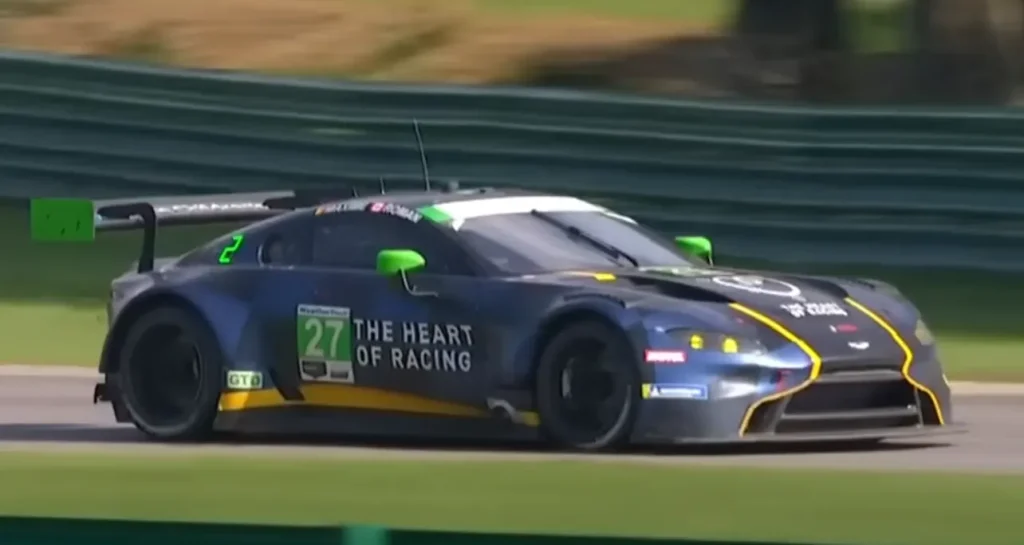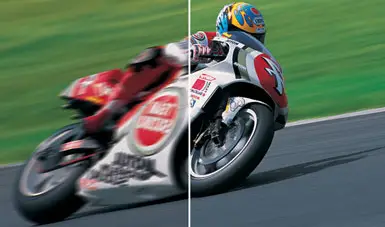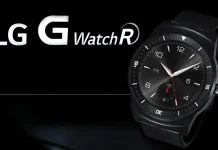Motion blur is a parameter that TV manufacturers do not specify because it is virtually impossible to measure. Two key factors influence its presence. The first is the quality of the display: higher quality screens with better refresh rates tend to produce less blur. The second factor is the inertia of human vision, which varies from person to person and is not quantifiable.
What causes a blurred image?
Blurring occurs when an object moves on the screen. The main cause is not so much the reaction time of the pixels to turn on and off, but the retention of residual images. When an object moves, its previous image is delayed for a moment and a new frame appears elsewhere on the screen. Modern OLED displays have greatly reduced this problem so have minimal response time.
Another contributing factor is human vision itself. Even after an image disappears from the screen, it remains briefly on the retina, creating a small but noticeable blur. While not critical, this can be uncomfortable for some viewers.
There are attempts to measure the actual motion blur caused by hardware limitations. This is done by following a moving object on a TV or monitor screen using a synchronized camera moving in sync with the image, which captures the image at the screen refresh rate. However, achieving precise synchronization between screen refresh rate and camera shutter speed requires professional equipment, making accurate measurements difficult to achieve for most users.

How to Reduce Image Blurring on a TV Screen
There are several methods to minimize image blurring on a TV, though their effectiveness depends on the TV’s technical capabilities. Generally, higher-quality TVs with higher refresh rates handle motion blur better. The most common techniques include:
- Backlight Scanning (LED TVs) – This method reduces blur by turning off the backlight between frames.
- Black Frame Insertion (All TV Types) – This involves inserting black frames between actual frames. In LED TVs, this is achieved by briefly turning off the backlight, while OLED TVs display true black frames.
These techniques work by affecting human perception. By eliminating residual images more quickly, they help the eye adapt to motion changes faster, making blur less noticeable.
Another approach is frame interpolation, where the TV generates additional frames to smooth motion. However, this can lead to the “soap opera effect,” which some viewers find unnatural. This method is only useful when the source content has fewer frames than the TV’s refresh rate allows.
For example, if a video runs at 60 frames per second (fps) but the TV supports 120 fps, black frames can be inserted between the actual frames. This results in 60 real frames and 60 black frames per second, effectively reducing perceived motion blur.






